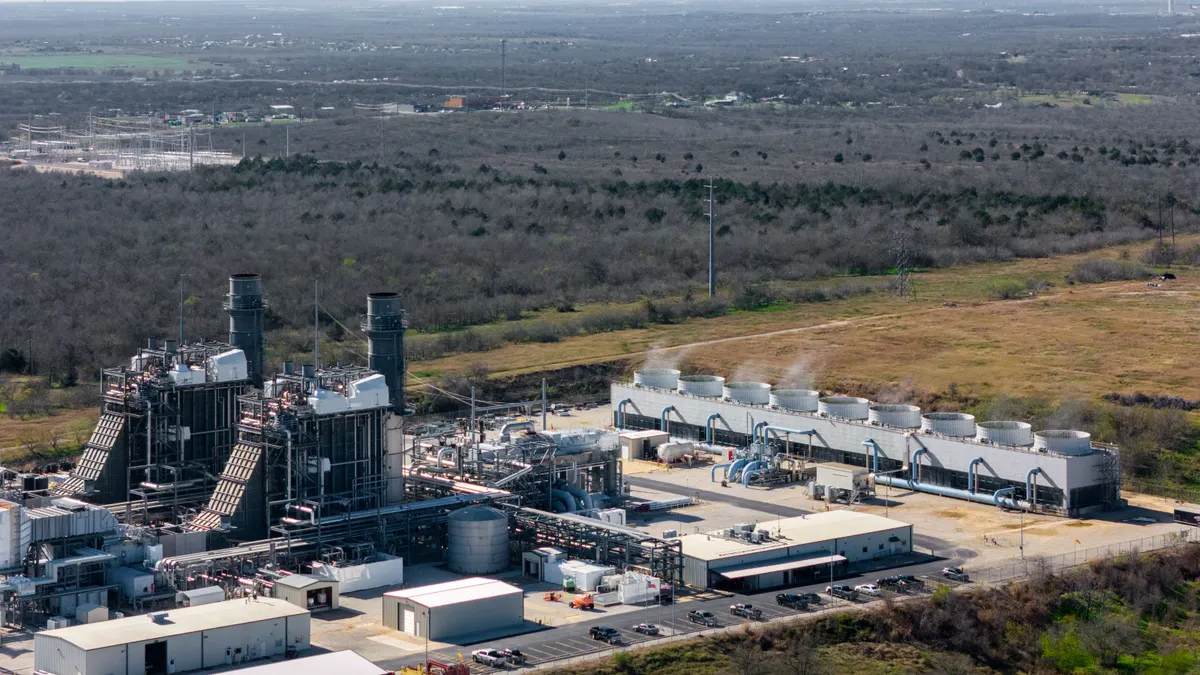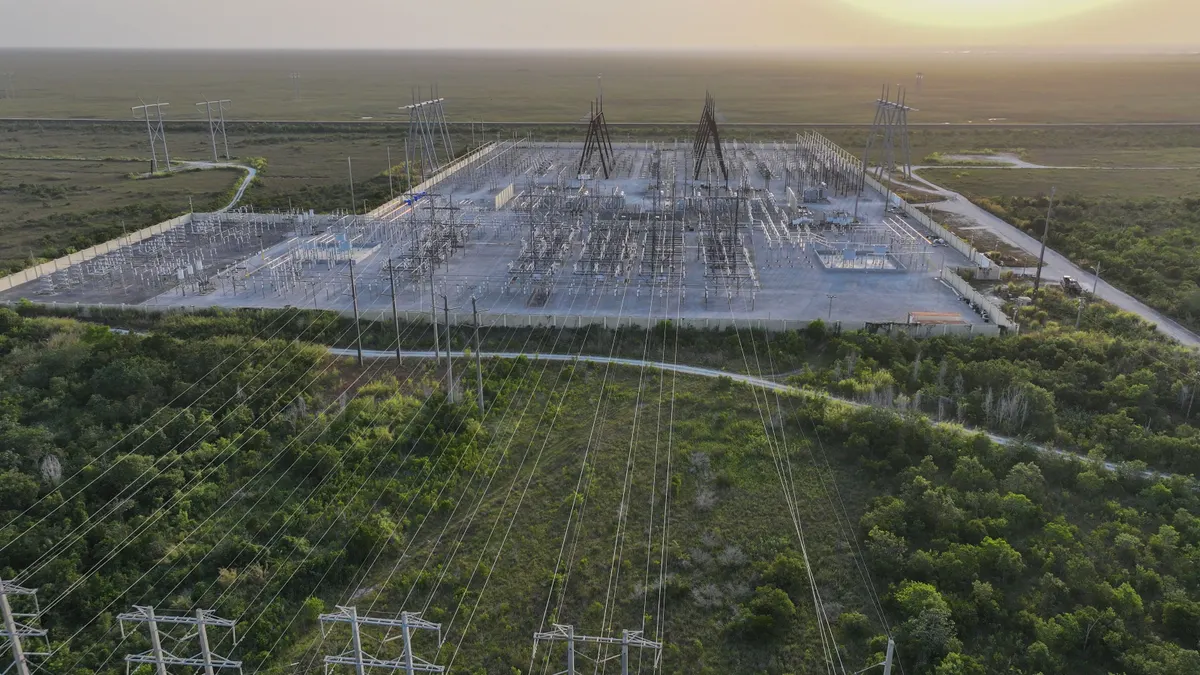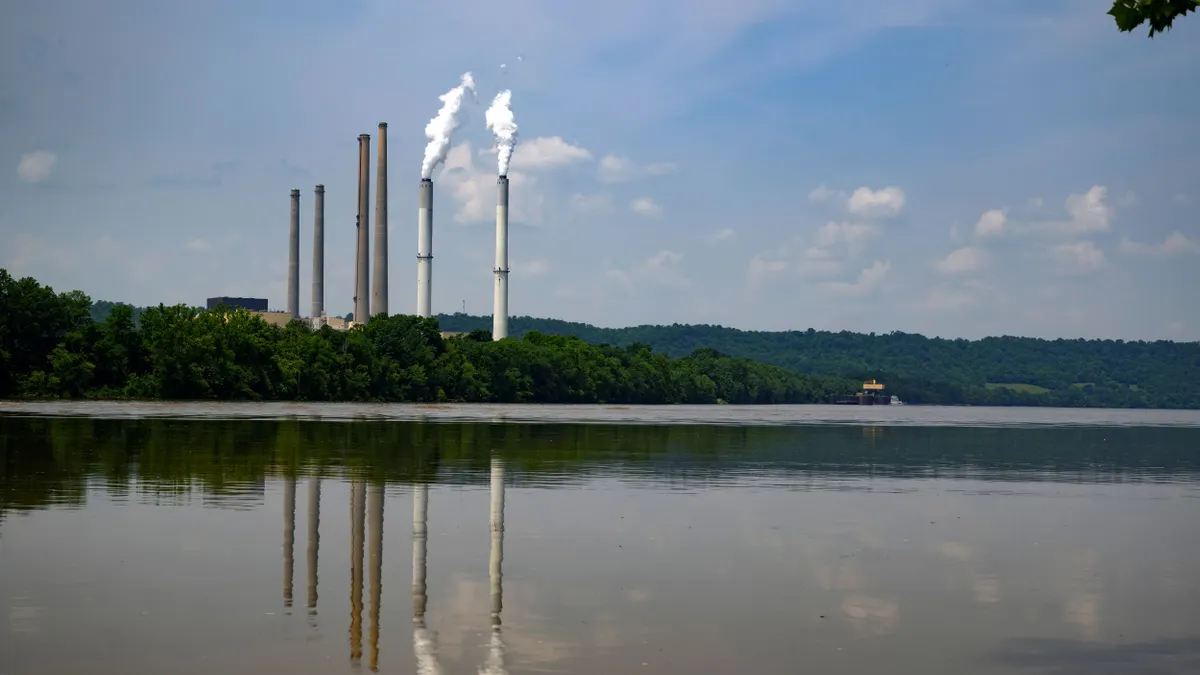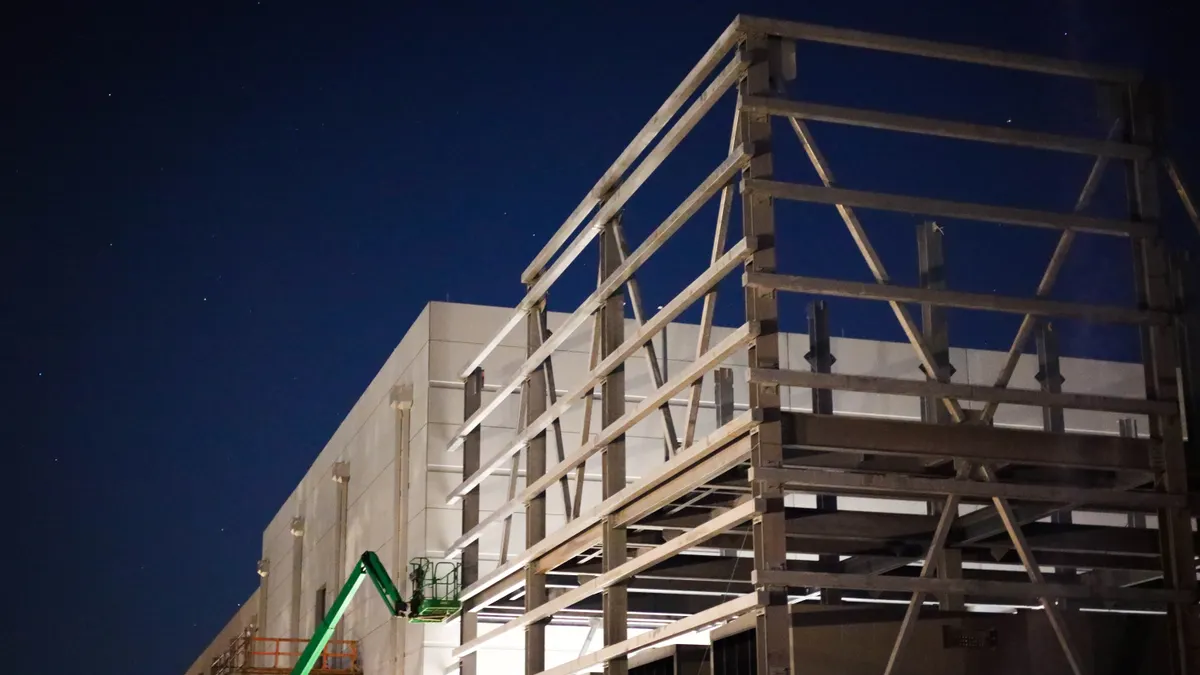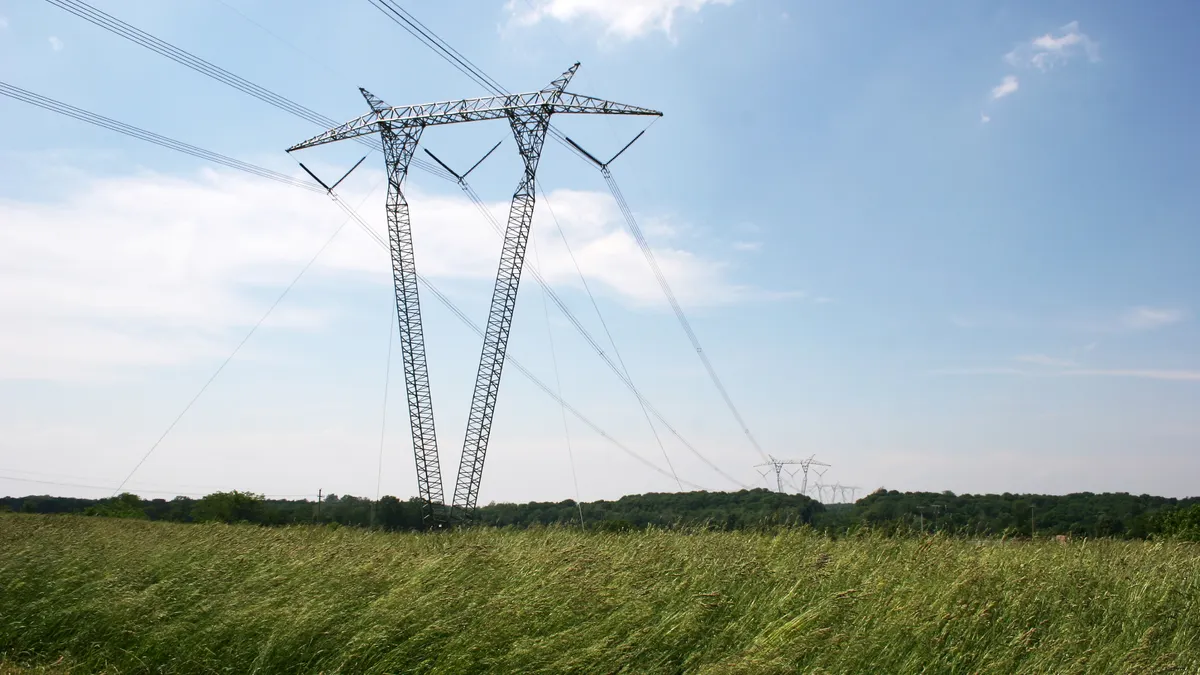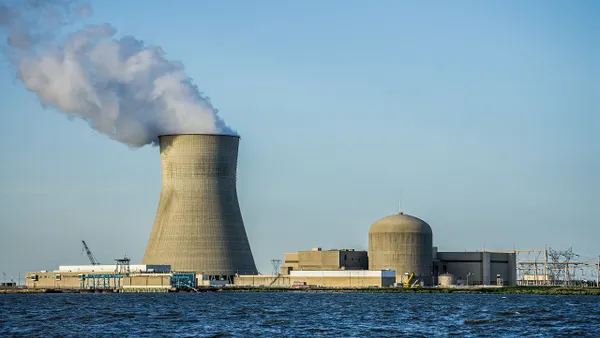Anees Jeddy is planning engineer — transmission integration for the New York Independent System Operator. This article reflects his personal views.
High-voltage direct current transmission technology has emerged as a critical enabler in addressing today’s electric grid challenges. In areas with high population density, limited right-of-way and rapidly increasing electricity demand, HVDC provides an efficient and flexible alternative to traditional AC transmission. Its ability to transmit large amounts of power over long distances with lower losses, connect asynchronous grids and precisely control power flow makes it uniquely suited for the modern energy landscape.
This is especially relevant as we integrate more variable renewable energy resources — such as offshore wind and utility-scale solar — which are often located far from load centers. HVDC offers the control and stability needed to manage these new power flows, ensuring both reliability and system efficiency.
Real-world applications and insights
In my experience supporting public policy-driven transmission planning processes, HVDC solutions consistently emerge as optimal for addressing the grid’s most complex and high-stakes challenges. Whether it’s integrating offshore wind, connecting remote renewable resources, or delivering power into densely populated load centers, HVDC offers a level of precision, scalability, and efficiency that conventional AC systems often cannot match.
One of HVDC’s most valuable advantages lies in the operational flexibility it provides. It allows grid operators to directly control the amount and direction of power flow — making it a powerful tool for reducing congestion, improving system reliability and enabling dynamic responses to rapidly changing load patterns. This controllability becomes especially important as the grid transitions to accommodate intermittent renewable generation, increased electrification and more distributed energy resources.
HVDC also excels at reducing transmission losses, particularly over long distances. When clean energy — like utility-scale solar or wind — is generated far from load centers, HVDC provides a highly efficient means of delivering that energy. A prime example is the SunZia transmission project, a 3,000-MW HVDC line currently under development to deliver wind power from New Mexico to Arizona and California. Projects like SunZia demonstrate HVDC’s ability to unlock stranded renewables, improve regional energy sharing and serve growing demand hubs.
One of those demand hubs is the fast-growing network of data centers, particularly those supporting AI, cloud computing and hyperscale platforms. These facilities are increasingly being sited both near urban load pockets and in remote regions with abundant renewable resources. HVDC offers unique advantages in this context by:
- Delivering bulk clean energy directly to power-intensive data centers;
- Reducing strain on congested AC transmission networks;
- Supporting high power quality and redundancy, critical for uninterrupted AI workloads; and,
- Potentially enabling direct DC integration, minimizing conversion losses and boosting overall energy efficiency.
Despite the excitement around HVDC, it’s important to acknowledge its economic challenges. Compared to AC systems, HVDC requires significant upfront investment — particularly for converter stations, specialty cables and complex control systems. Submarine and underground HVDC cables also face added risks, such as anchor strikes, and thermal limitations, especially in densely packed corridors.
Even so, the long-term benefits — from lower losses to improved controllability and alignment with decarbonization goals — make HVDC an indispensable component of the 21st century transmission toolkit.
To make HVDC more accessible and widely adopted, several key strategies should be prioritized, including standardizing HVDC equipment and interfaces to reduce costs and improve interoperability. Public-private partnerships and cost-sharing models to distribute financial risk should also be a focus as well as regulatory reform to streamline permitting for long-distance and offshore HVDC projects. In addition, a robust domestic supply chain needs to be developed to avoid delays and cost escalation.
Key lessons and opportunities
What stands out most in planning is HVDC’s dual role: a technical solution and a strategic policy tool. Its ability to route power with precision and operate independently of the surrounding AC system allows planners to address specific policy-driven objectives — such as delivering clean energy into constrained urban areas or reinforcing reliability in critical zones.
The key to successful implementation lies in aligning technical feasibility with stakeholder consensus. HVDC projects require major investment and long timelines, making early engagement, transparency and collaborative planning essential to achieving regulatory approvals and regional support.
As grid modernization accelerates, HVDC will be a cornerstone in the transition to a cleaner, smarter and more resilient power system. From enabling offshore wind integration to enhancing interregional transfer capability, HVDC provides the versatility and efficiency the future grid demands.
For planning engineers and policymakers alike, the challenge is to continue refining our approaches, learning from each deployment and pushing forward with innovative solutions. I’m excited to be part of this journey — where engineering meets public purpose, and where HVDC plays a defining role in shaping the grid of the future.




